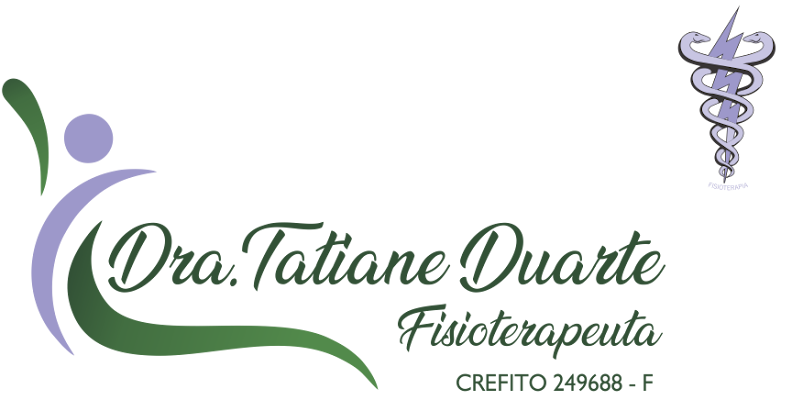CERVICALGIA
Os problemas musculares associados com a dor cervical posterior são essencialmente de dois tipos: por retração muscular ou distensão muscular. Ambos os tipos são bastante prevalecentes; aquele associado á retração muscular geralmente apresenta surgimento gradual dos sintomas, já aqueles associados com
distensão muscular geralmente têm surgimento agudo. (KENDAL, McCREARY & PROVANCE, 1995).
Dentro deste contexto NAUTOR (20004) afirma: “Há uma grande dificuldade em obter dados fiéis para a estimativa da real prevalência das cervicalgias, visto que se trata de um grupo de doenças com aspectos clínicos multifatoriais, envolvendo desde fatores de risco individuais, como características físicas e psicossociais, até fatores relacionados com a ergonomia e atividades laborativas.
Alguns pacientes apresentam, freqüentemente, desordens nas funções do sistema nervoso vegetativo: dores de cabeça, tontura, visão embaralhada, zumbido no ouvido, muito ou pouco suor, dor de dente, ânsia, peito oprimido, soluços e insônia. Nos exames de raios-X, encontra-se freqüentemente calcificação das vértebras cervicais e a perda da sua curvatura normal.(Zhuang Yuan Ming).
Neck Pain
Muscle problems associated with posterior cervical pain are essentially two types: a muscle strain or muscle contraction. Both types are very prevalent, that associated with muscle contractionusually has gradual onset of symptoms, while those associated with
muscle strain usually have an acute onset. (KENDAL, McCreary& Provance, 1995).
Within this context NAUTOR (20004) states: "There is great difficulty in getting data faithful to estimate the real prevalence ofneck pain, since it is a group of multifactorial diseases withclinical features, ranging from individual risk factors such as characteristics physical and psychosocial factors related toergonomics and work activities.
Some patients have often disorders in the functions of theautonomic nervous system: headache, dizziness, blurred vision,tinnitus, sweating too much or too little, toothache, anxiety, chestoppressed, hiccups, and insomnia. In X-rays, is often calcification of the cervical vertebrae and loss of normal curvature. (ZhuangYuan Ming).




